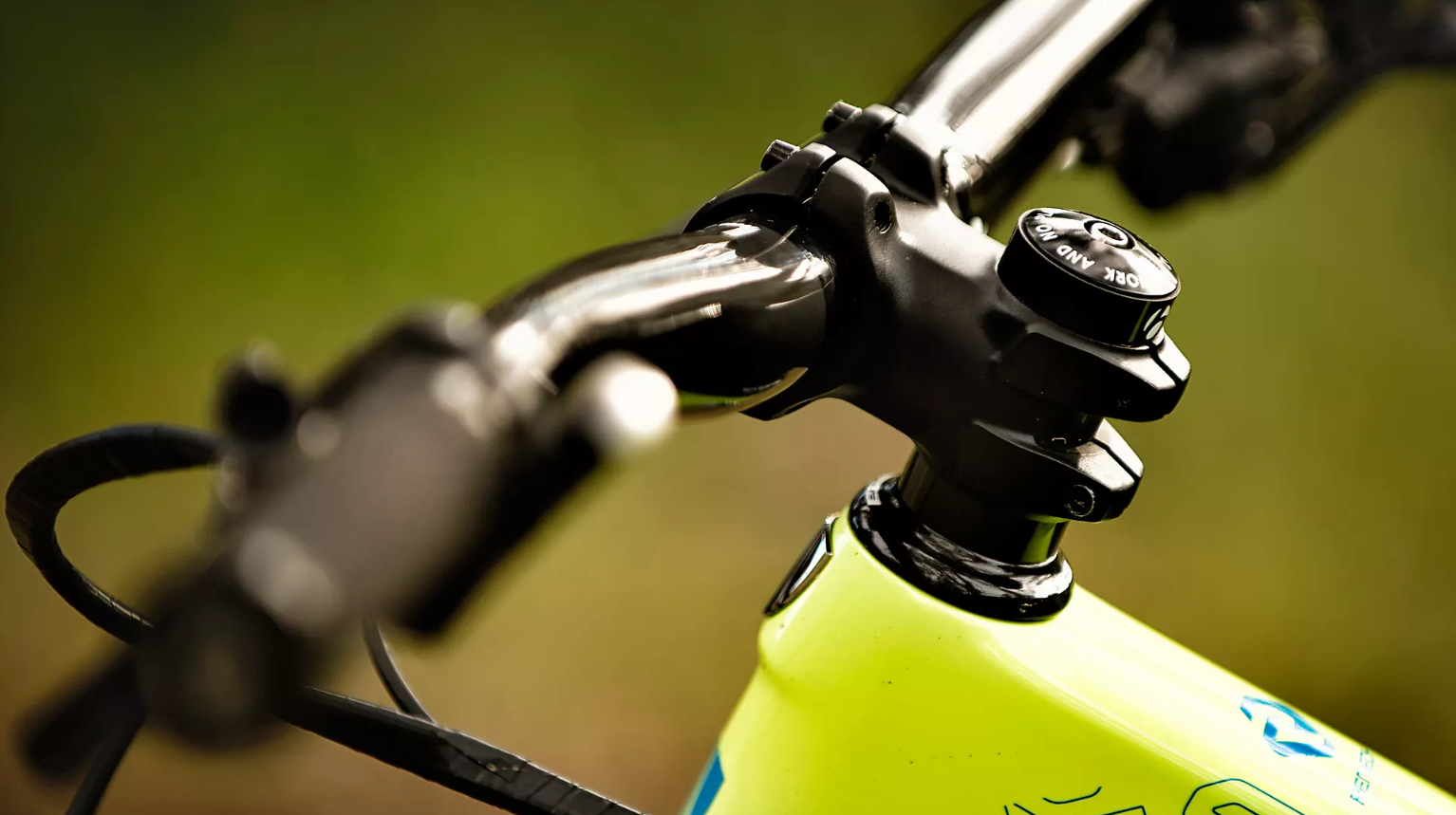Why shorter stems are better
Shorter stems improve steering stability in technical terrain. Lance Branquinho explains how

Stem length is both a complicated and simple affair. Mountain biking is much younger than most other cycling disciplines, yet the adventurous side of the sport suffers from many legacy design issues.
When mountain bikes started developing as a dedicated category of cycling, in the late 1970s, the only inspiration or reference for designers were road bicycles. That meant the adoption of comparatively long stem lengths.
It has taken mountain bike design a long time to trim the millimetres off stem specification. A decade or two ago, 100mm stems were still commonplace – yet today you’ll struggle to find them as original equipment on any new mountain bike.
As trails evolved and mountain bikers became more adventurous in their riding, designers realised there is a unique relationship between stem length and stability, which differs greatly from road cycling. To negotiate steep descending gradient and the disruptive wheel path presence of most trail features (rocks, roots), the steering solution is simple: a more compact cockpit geometry.
Short is stable
To deliver the most stable, responsive and predictable steering experience on any mountain bike, you need to ride a much shorter stem.
A vital balance exists between the angle of your bike’s front axle, in relation to the length of its stem. Longer stems extend your weight too far ahead of the axle, which completely nullifies steering input. On a road bike, where steering inputs are mild and infrequent, this is not much of an issue.
Shorter stems correctly orientate a rider’s forward-leaning weight directly over the front axle, which has a range of benefits by mass-pressuring the wheel when descending. The result is truer steering response and better tyre grip in dusty or muddy terrain.
As mountain bike tyres, axles and forks structures have improved over time, there is less flex through the entire steering mechanism. To best convert all those advantages to a more dynamic riding experience when descending, you need to weight the front wheel. This can only happen if your stem is the correct length, which is inevitably shorter than you think.
Shorter stems also have better tensile strength, as you are applying less leverage to the structure’s mid-point. This is simple to understand: if you have a 50mm and 100mm structure, and load both with similar leverage stress, the latter is likely to suffer flexural failure first.
With a shorter stem, you can attempt those big jumps and drops with confidence, knowing that it is unlikely to fail if you happen to incorrectly land something with extreme force.
What is the ideal length? That is a question of experimentation, but those extreme lengths on the stem spectrum (25mm or 100mm), provide reference and context. A good compromise is somewhere in the middle of those measurements.

Lance Branquinho is a Namibian-born journalist who graduated to mountain biking after injuries curtailed his trail running. He has a weakness for British steel hardtails, especially those which only run a single gear. As well as Bike Perfect, Lance has written for MBR.com, Off-Road.cc and Cycling News.
